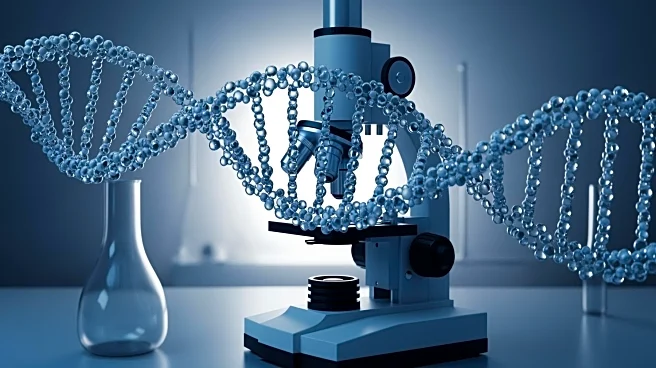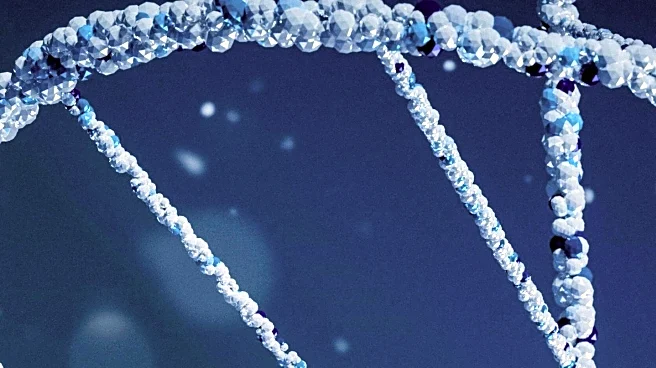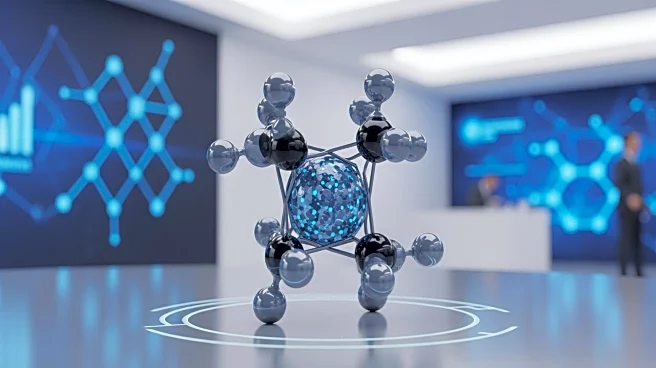What's Happening?
A multicenter study published in Nature has analyzed the efficacy of CPX-351, a chemotherapy drug, in patients under 60 with secondary acute myeloid leukemia (sAML). The study involved 113 patients treated
with CPX-351 as a first-line therapy across 21 centers in Italy. The results showed a 64.6% overall response rate, with 54.9% achieving complete remission. The study also highlighted the importance of hematopoietic stem cell transplantation (HSCT) in improving survival outcomes. Patients with high-risk cytogenetics, such as complex karyotype and TP53 mutations, had lower response rates and survival outcomes.
Why It's Important?
The findings of this study are significant for the treatment of younger sAML patients, a group not well-represented in previous trials. The high response rates and improved survival outcomes with CPX-351, particularly when followed by HSCT, suggest that this treatment could become a standard of care for younger patients with sAML. The study also emphasizes the need for personalized treatment strategies based on genetic risk factors, which could lead to better management and outcomes for patients with high-risk cytogenetics.
What's Next?
Further research is needed to confirm these findings and explore the long-term benefits of CPX-351 in younger sAML patients. Clinical trials may be conducted to compare CPX-351 with other treatment regimens, such as HMA-VEN, to determine the most effective approach for different patient subgroups. Additionally, the development of standardized protocols for genetic testing could help identify patients who would benefit most from CPX-351 and HSCT, leading to more personalized and effective treatment strategies.











